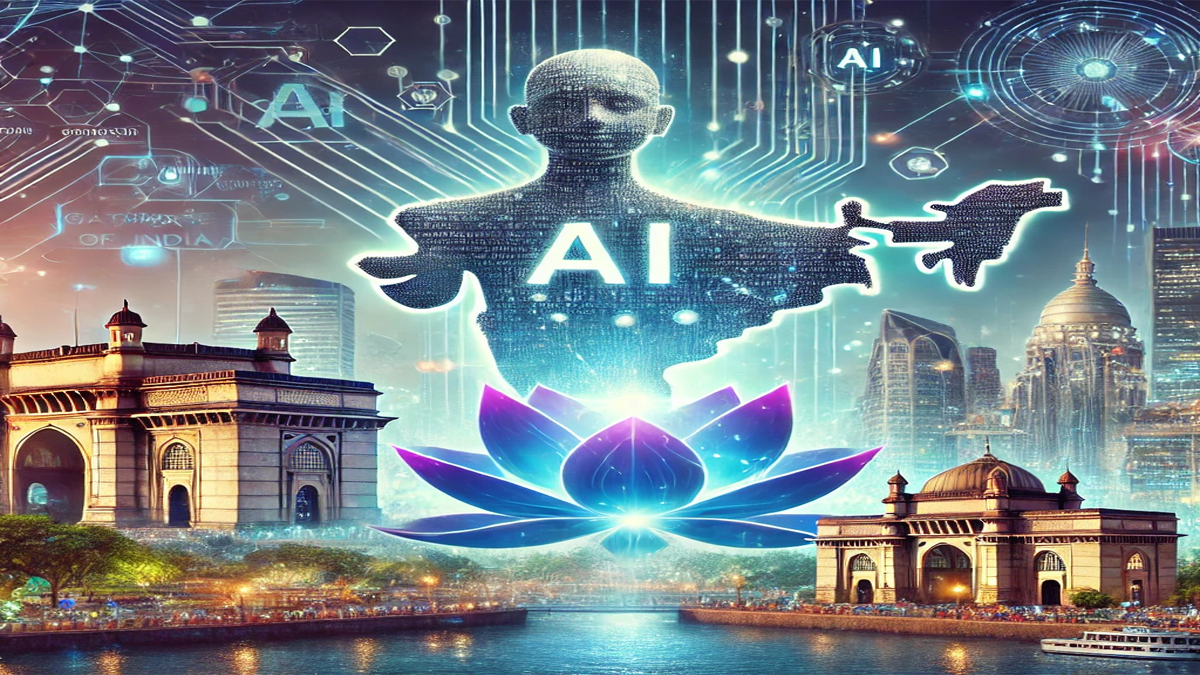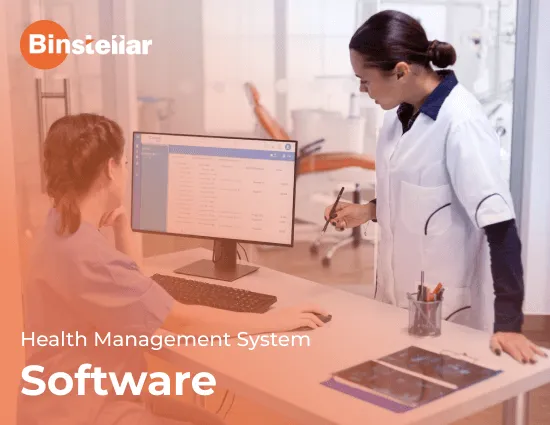A Guide to Video Analytics: Applications and Opportunities
In the digital age, video has become an indispensable tool for communication, entertainment, and information dissemination. With the proliferation of video content across various platforms, the amount of data generated by videos has skyrocketed. This influx of data has paved the way for the emergence of video analytics, a powerful technology that enables organizations to extract valuable insights from video content. In this guide, we will explore the applications and opportunities offered by video analytics.
Understanding Video Analytics
AI Video analytics software involves the use of advanced algorithms and machine learning techniques to analyze video data automatically. By extracting meaningful information from videos, organizations can gain valuable insights into various aspects of their operations, including customer behavior, security monitoring, and process optimization.
Applications of Video Analytics
Security and Surveillance:
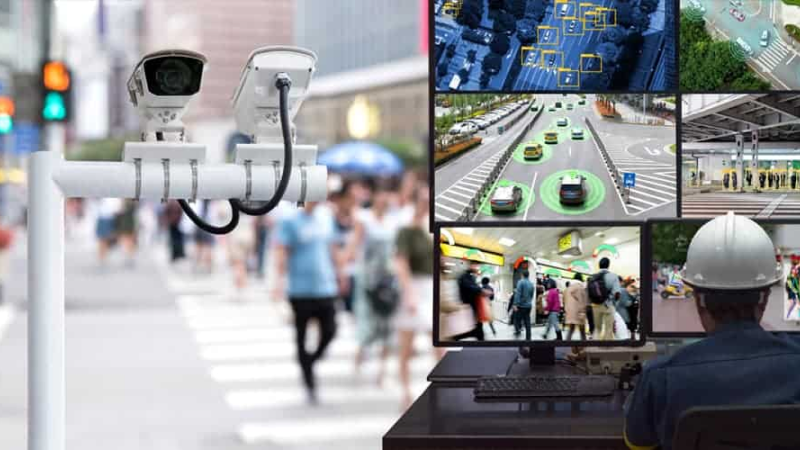
One of the most prominent applications of video analytics is in security and surveillance. Video analytics systems can automatically detect suspicious activities, such as unauthorized access, loitering, or perimeter breaches, allowing security personnel to respond swiftly to potential threats. Additionally, facial recognition technology enables the identification of individuals, enhancing security measures in high-risk environments.
Retail Analytics:

In the retail sector, video analytics is revolutionizing the way businesses understand consumer behavior. By analyzing in-store footage, retailers can track customer movement patterns, identify popular product displays, and measure the effectiveness of marketing campaigns. This insight enables retailers to optimize store layouts, enhance product placement strategies, and personalize the shopping experience for customers.
Traffic Management:
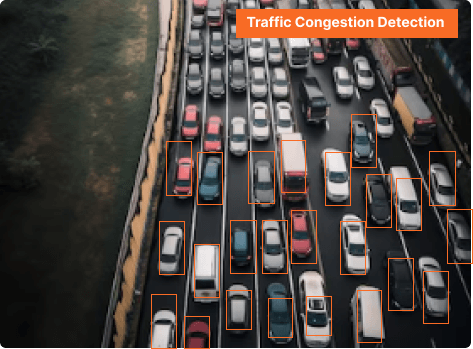
Video analytics plays a crucial role in traffic management and urban planning. By analyzing traffic camera footage, transportation authorities can monitor traffic flow, detect congestion hotspots, and optimize traffic signal timings. Furthermore, video analytics enables the implementation of intelligent transportation systems, such as adaptive traffic lights and dynamic lane management, to improve traffic efficiency and reduce congestion.
Industrial Automation:
In industrial settings, video analytics is used for process monitoring, quality control, and predictive maintenance. By analyzing video streams from production lines, manufacturers can identify anomalies, detect defects, and optimize manufacturing processes in real-time. This proactive approach to maintenance minimizes downtime, reduces costs, and improves overall operational efficiency.
Healthcare Monitoring:
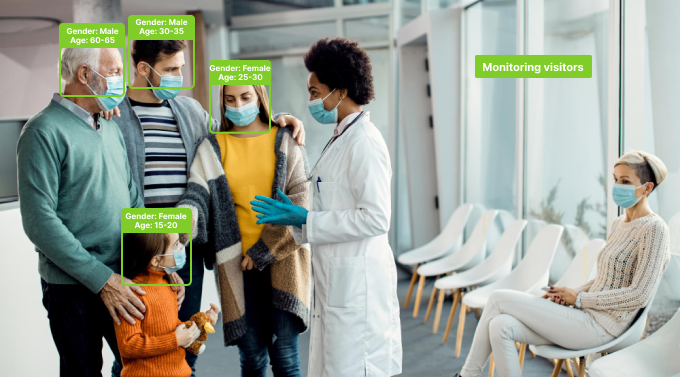
Video analytics has applications in healthcare for patient monitoring, fall detection, and behavior analysis. In assisted living facilities, video analytics systems can detect falls or unusual behavior patterns among residents and alert caregivers accordingly. Moreover, in clinical settings, video analytics enables the analysis of patient movements and vital signs, facilitating remote monitoring and early detection of health issues.
Opportunities in Video Analytics
- Data-driven Decision Making: Video analytics empowers organizations to make data-driven decisions by providing actionable insights derived from video data. By leveraging these insights, businesses can optimize operations, improve efficiency, and enhance customer experiences.
- Cost Savings: Implementing video analytics can lead to significant cost savings by automating manual processes, reducing the need for human intervention, and minimizing errors. For example, in the retail sector, optimizing store layouts based on video analytics insights can increase sales while reducing operational costs.
- Enhanced Security: Video analytics enhances security measures by enabling proactive threat detection and rapid response to security incidents. By leveraging advanced video analytics algorithms, organizations can detect and mitigate security threats in real-time, safeguarding assets and personnel.
- Improved Customer Experiences: In retail and hospitality industries, video analytics helps businesses understand customer behavior and preferences, allowing them to tailor products and services to meet customer needs effectively. By delivering personalized experiences, businesses can foster customer loyalty and drive revenue growth.
- Innovation and Research: Video analytics fuels innovation and research in various fields, including computer vision, machine learning, and artificial intelligence. Continued advancements in video analytics technology hold the potential to unlock new applications and opportunities across industries, driving further growth and development.
Conclusion:
AI video analytics offers a wide range of applications and opportunities across diverse industries, from enhancing security and surveillance to optimizing retail operations and improving healthcare monitoring. By harnessing the power of video analytics, organizations can unlock valuable insights, drive innovation, and gain a competitive edge in today’s data-driven world.









